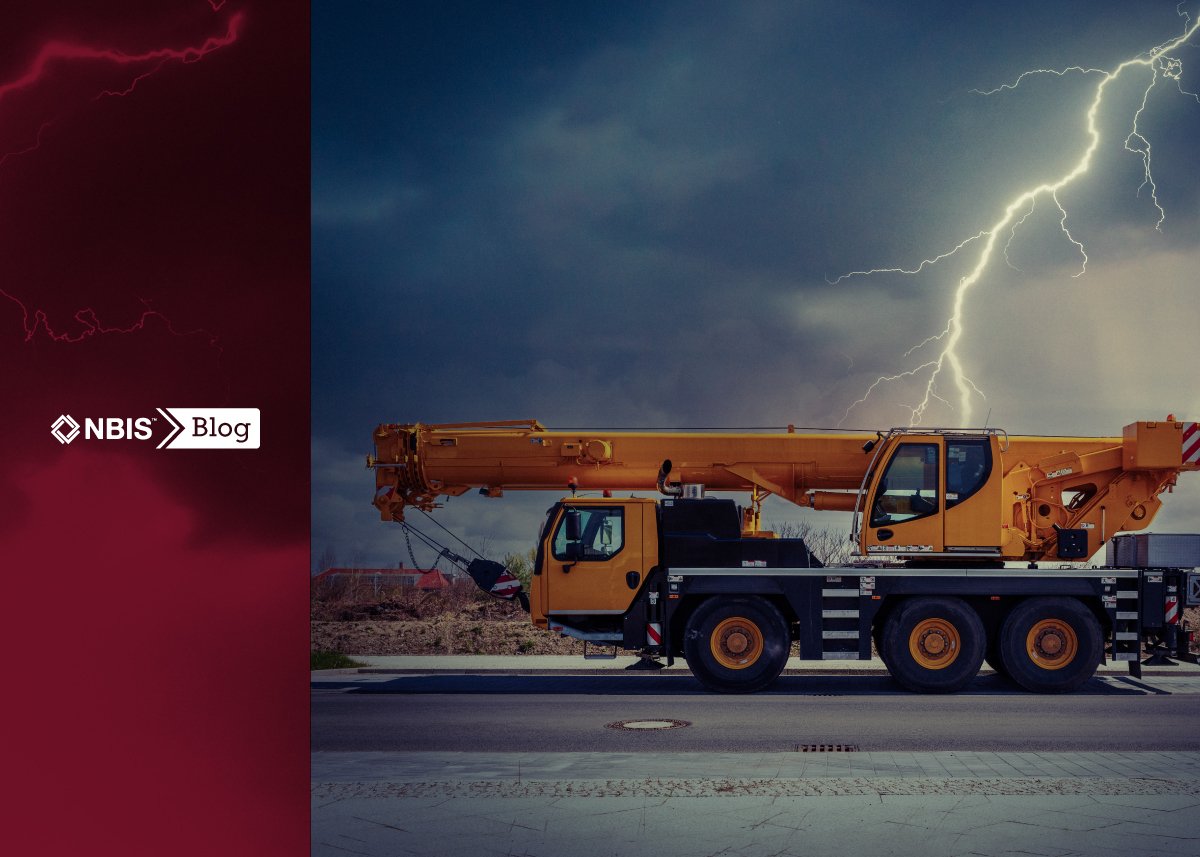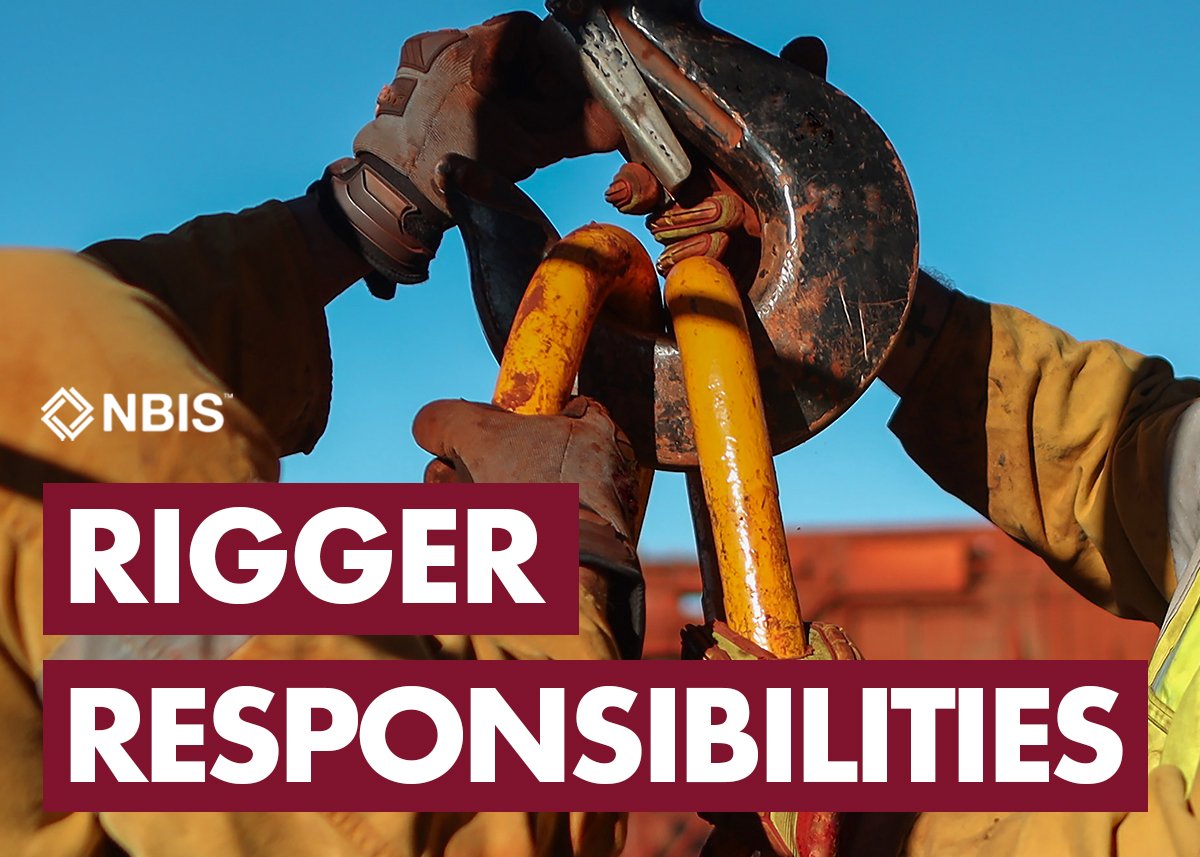Generally speaking, we all know that lightning is dangerous. But did you know that according to OSHA, annually, in the United States, cloud-to-ground lightning occurs 20 to 25 million times and over 300 people are struck by lightning?
In fact, during the past 30 years, about 50 people, on average, have been killed by lightning strikes every year, and many more suffer permanent disabilities.
Seventy-three percent of lightning deaths occur in the summer months—June, July, and August—which is reason enough to review what to do if you’re working and find yourself caught in a thunderstorm.
Illuminating safety
There simply is no safe place outside in a thunderstorm. Here are eight things you keep in mind if you notice a storm is coming.
- Lightning is likely to strike the tallest objects in a given area—you should not be the tallest object.
- Avoid isolated tall trees, hilltops, utility poles, cell phone towers, cranes, large equipment, ladders, scaffolding, or rooftops.
- Avoid open areas, such as fields. Never lie flat on the ground.
- Retreat to dense areas of smaller trees that are surrounded by larger trees, or retreat to lowlying areas (e.g., valleys, ditches) but watch for flooding.
- Avoid water, and immediately get out of and away from bodies of water (e.g., pools, lakes).
- Avoid wiring, plumbing, and fencing. Lightning can travel long distances through metal, which is an excellent conductor of electricity. Stay away from all metal objects, equipment, and surfaces that can conduct electricity.
- Do not shelter in sheds, pavilions, tents, or covered porches as they do not provide adequate protection from lightning.
- Seek fully-enclosed, substantial buildings with wiring and plumbing. In modern buildings, the interior wiring and plumbing will act as an earth ground. A building is a safe shelter as long as you are not in contact with anything that can conduct electricity (e.g., electrical equipment or cords, plumbing fixtures, corded phones). Do not lean against concrete walls or floors (which may have metal bars inside).
Read more from OSHA’s Lightning Safety When Working Outdoors Fact Sheet here.







